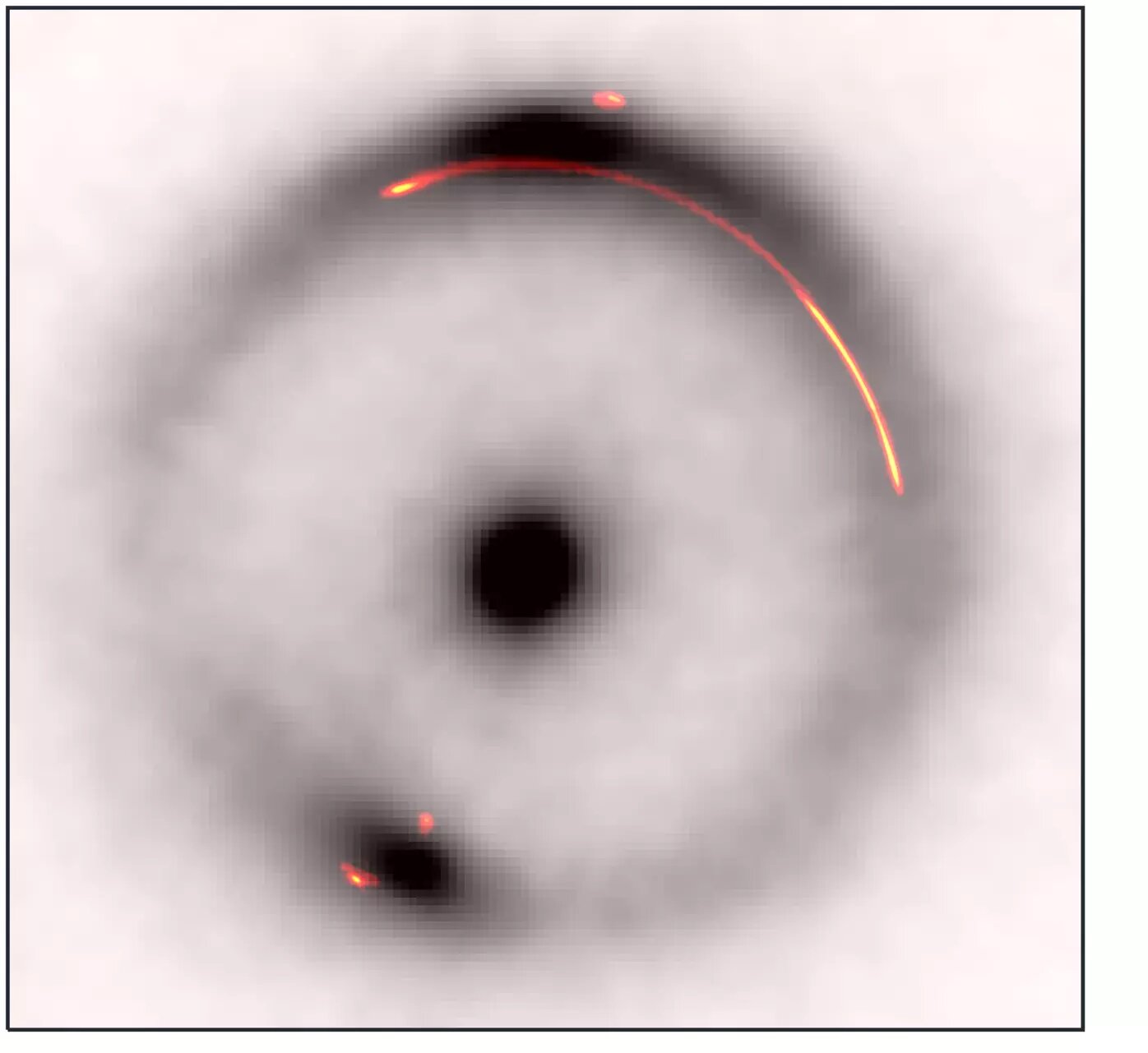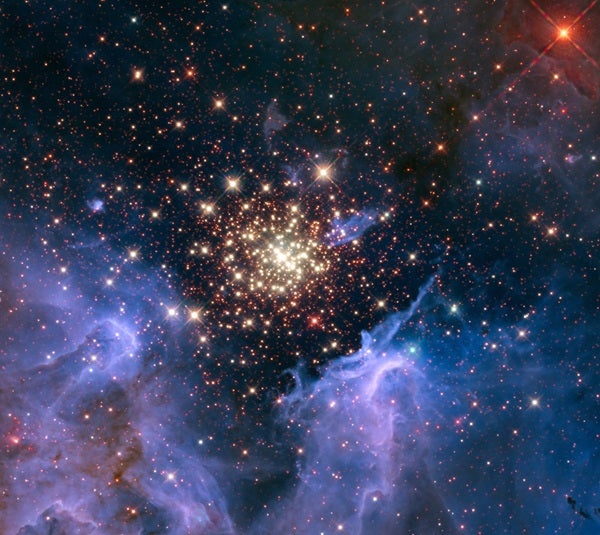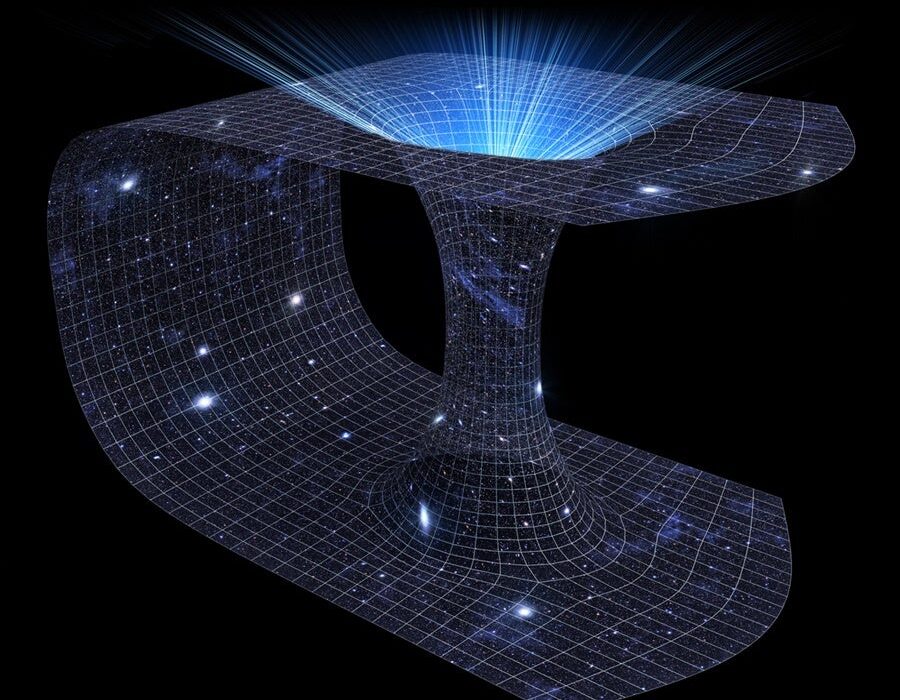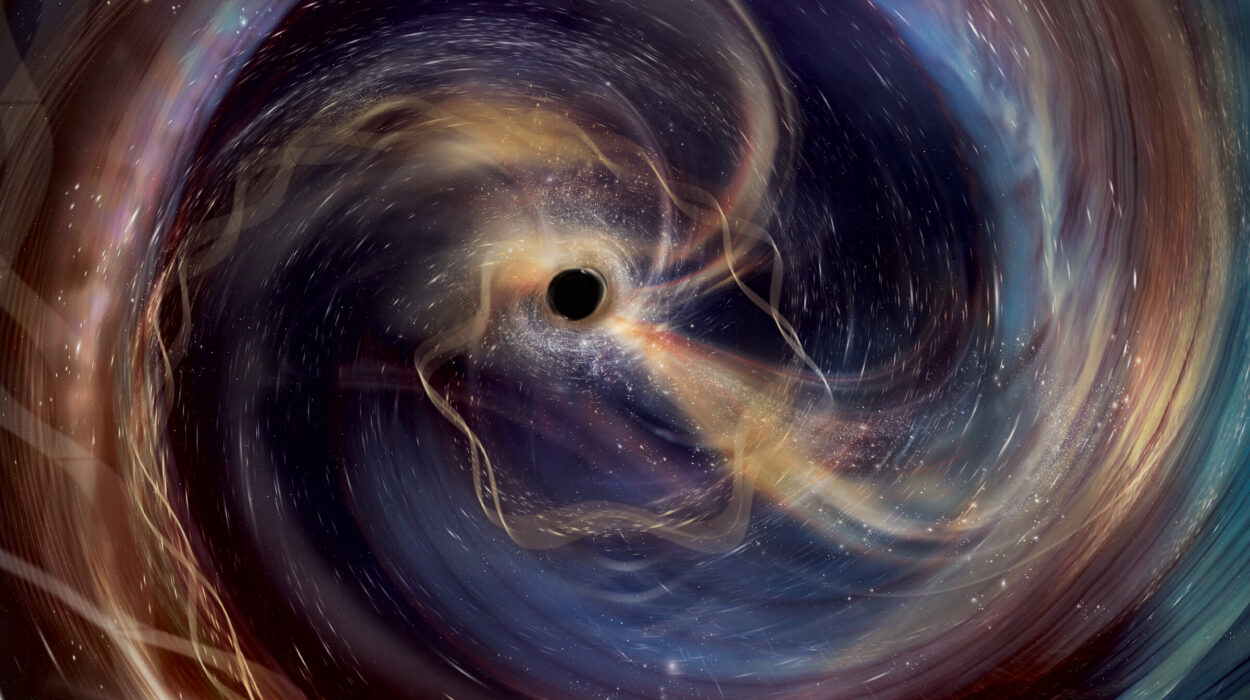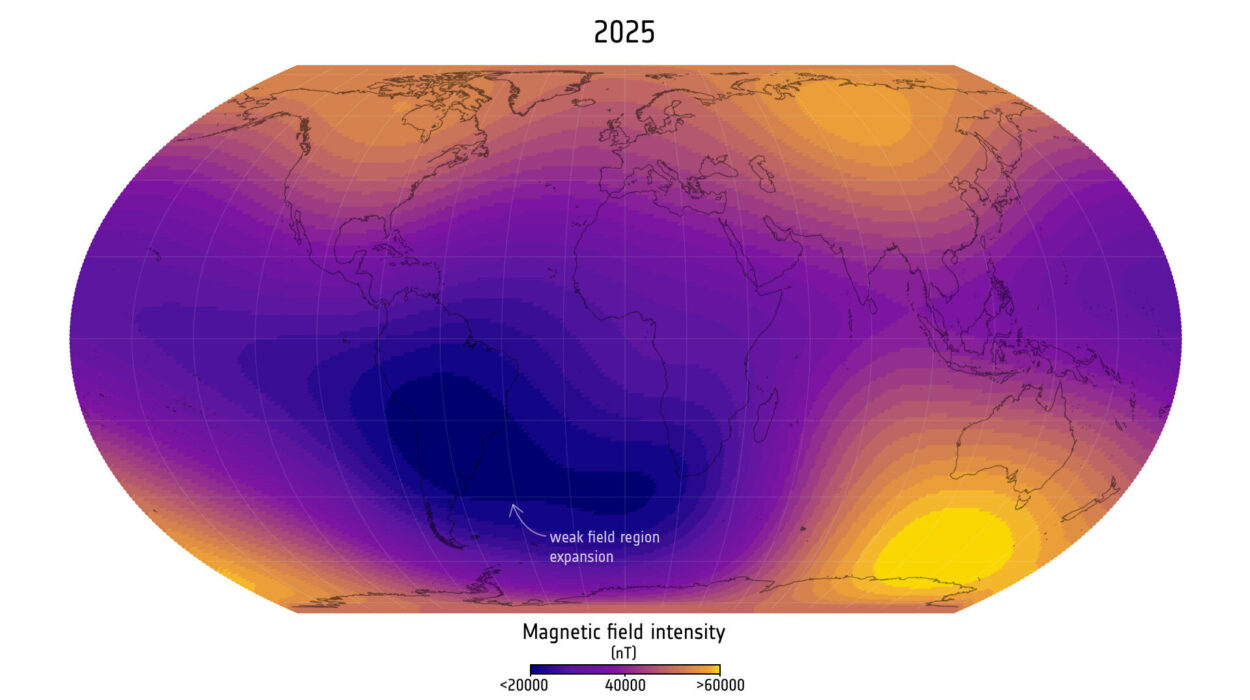The night sky glows with the light of billions of stars, galaxies, and nebulae, but what we can see is only a fraction of what truly exists. Behind that radiant canvas lies an invisible scaffolding — a vast, unseen structure known as dark matter. Though it emits no light, no heat, and no detectable signal, dark matter shapes the cosmos as profoundly as gravity itself. It is the silent architect responsible for holding galaxies together and guiding their evolution since the dawn of time.
For decades, astronomers have known that something unseen must be influencing the universe. The visible matter — the stars, planets, and gas — simply doesn’t have enough mass to account for the way galaxies spin and cluster. Something else must be there, exerting its invisible pull. That something is dark matter, a mysterious substance that makes up roughly 27% of the universe, compared to less than 5% for normal matter. The rest is dark energy — another cosmic mystery.
Yet, despite its enormous influence, dark matter has never been directly observed. It neither shines nor reflects. It passes through us, through the Earth, through entire galaxies as if they were made of smoke. The challenge for astronomers has always been how to study something that refuses to be seen.
Seeing the Invisible: The Power of Gravitational Lensing
If dark matter doesn’t emit light, then how can we detect it? The answer lies in the very fabric of space-time. According to Einstein’s theory of general relativity, massive objects bend space around them, causing light to curve as it passes by — a phenomenon known as gravitational lensing.
Imagine looking through a piece of warped glass: a distant galaxy’s light bends and stretches, forming arcs and rings around the massive object that lies in between. That object could be a galaxy, a black hole — or, as recent research shows, a clump of dark matter itself.
Astronomers use this cosmic distortion as a kind of natural telescope. By carefully analyzing how light from faraway galaxies is bent, they can map the invisible mass that caused the distortion. In essence, they “see” dark matter not through its light, but through its shadow — its gravitational imprint on space itself.
This technique, called gravitational imaging, has opened a new window into the invisible universe.
A Hunt for the Hidden Giants
“Hunting for dark objects that do not seem to emit any light is clearly challenging,” said Devon Powell, an astrophysicist at the Max Planck Institute for Astrophysics and the lead author of a groundbreaking new study published in Nature Astronomy. “Since we can’t see them directly, we instead use very distant galaxies as a backlight to look for their gravitational imprints.”
The study represents one of the most precise hunts for dark matter ever undertaken. Powell’s team used a global network of radio telescopes — including the Green Bank Telescope, the Very Long Baseline Array, and the European Very Long Baseline Interferometric Network — to peer deep into the cosmos.
By linking these telescopes together, scientists effectively created an Earth-sized super-telescope, capable of detecting distortions in light that are incredibly subtle — distortions that might reveal the presence of dark matter clumps billions of light years away.
At the Joint Institute for VLBI ERIC in the Netherlands, data from around the world were combined and processed, forming an ultra-high-resolution image of the sky. What the team found was astonishing: a dark object, a million times more massive than our Sun, lurking about 10 billion light years from Earth — when the universe was only half its current age.
The Smallest Giant Ever Found
What made this discovery remarkable was not just its distance, but its scale. The object detected was the lowest-mass dark object ever observed using this method — a hundred times smaller than any similar detection before.
“From the first high-resolution image, we immediately observed a narrowing in the gravitational arc, which is the tell-tale sign that we were onto something,” said John McKean of the University of Groningen and the South African Radio Astronomy Observatory, who led the data collection. “Only another small clump of mass between us and the distant radio galaxy could cause this.”
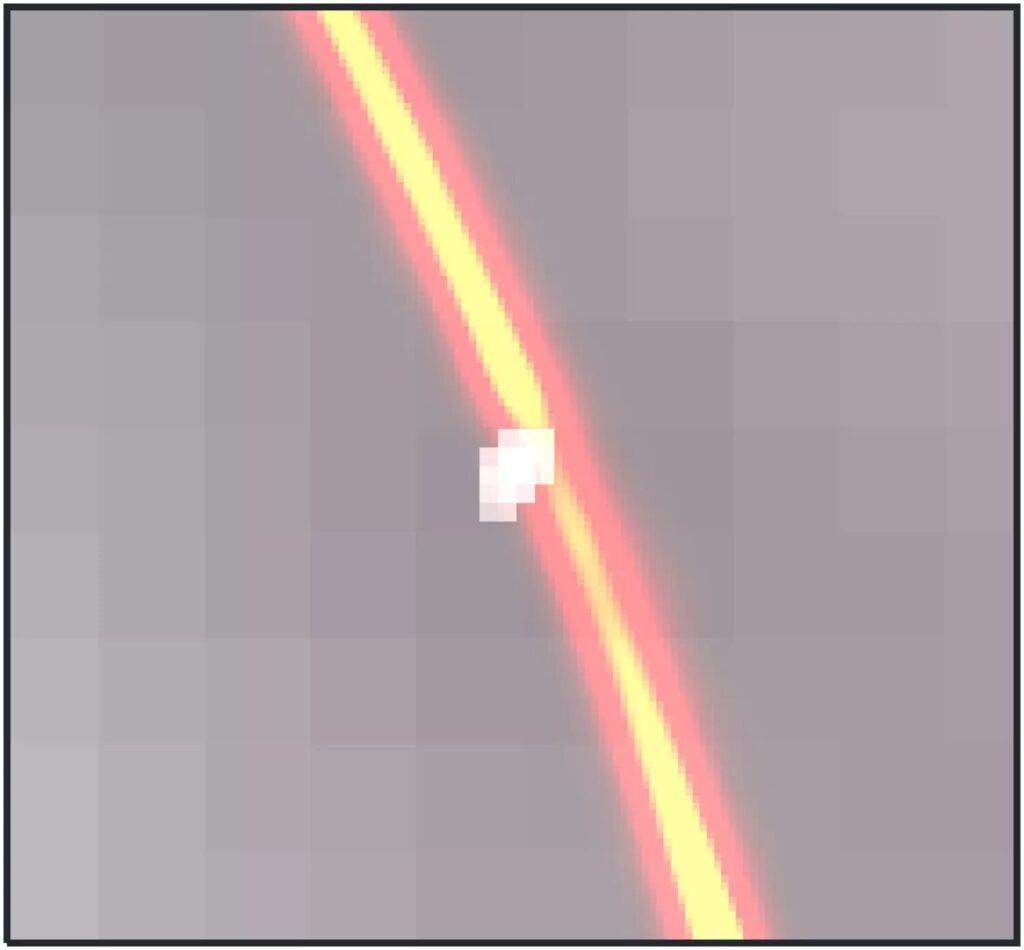
That “small clump” is likely a dense pocket of dark matter — a fragment of the invisible web that threads the cosmos. Detecting such a small, faint gravitational signature required extraordinary precision and innovation.
To achieve it, the team had to design new computational models capable of analyzing colossal datasets. “The data are so large and complex that we had to develop new numerical approaches to model them,” explained Simona Vegetti from the Max Planck Institute. “This was not straightforward, as it had never been done before.”
Mapping the Invisible Web
The universe is not a random scattering of galaxies, but a cosmic web — a vast network of filaments made primarily of dark matter. These filaments form the framework upon which galaxies and clusters of galaxies are built, like dew forming along a spider’s web.
Simulations based on the cold dark matter theory — the most widely accepted model — predict that every galaxy, including our own Milky Way, is surrounded by countless dark matter clumps, some massive, others small and diffuse. These substructures are thought to have played a critical role in shaping galaxies, influencing how stars formed and how cosmic structures evolved over billions of years.
Finding and confirming the existence of these small dark matter clumps has been one of astronomy’s great challenges. “We expect every galaxy, including our own Milky Way, to be filled with dark matter clumps,” said Vegetti. “But finding them and convincing the community that they exist requires a great deal of number-crunching.”
By applying gravitational imaging to radio-luminous arcs — the distorted light from background galaxies — the team has achieved something extraordinary: seeing the unseen, mapping the invisible.
What the Discovery Means
This discovery offers crucial evidence supporting the cold dark matter theory. “Given the sensitivity of our data, we were expecting to find at least one dark object,” said Powell. “So our discovery is consistent with the cold dark matter model on which much of our understanding of galaxy formation is based.”
But the implications go far beyond one detection. If future observations reveal more of these low-mass dark objects — and if they truly are devoid of stars — it could reshape our understanding of the cosmos. It may even rule out competing theories of dark matter, such as “warm” or “self-interacting” dark matter models, which predict fewer or differently distributed clumps.
This is more than a single discovery; it is a proof of method, showing that astronomers now have the tools to map dark matter with unprecedented precision — to turn what was once a ghostly abstraction into a measurable structure.
The Technology Behind the Discovery
To glimpse something invisible requires not just science, but ingenuity. The research team used the most advanced interferometric radio astronomy techniques, combining signals from multiple telescopes spread across continents.
By correlating these signals at sub-millisecond precision, they created a composite image sharper than anything possible with a single telescope. This process, known as Very Long Baseline Interferometry (VLBI), effectively allowed the researchers to observe fine distortions in radio waves caused by the gravity of unseen masses — dark matter clumps included.
Such data processing demands enormous computational power. Supercomputers at the Max Planck Institute and partner organizations were tasked with handling petabytes of raw data, using new algorithms capable of distinguishing true gravitational lensing from noise or imaging artifacts.
Every detail had to be modeled, tested, and simulated repeatedly until the faint signature of dark matter could be confirmed with confidence.
Peering Deeper into the Cosmic Past
Because light from the lensed galaxy took 10 billion years to reach us, this observation allows scientists to look back in time — to see how dark matter behaved when the universe was less than half its current age.
This kind of “time travel” is one of astronomy’s greatest powers. By studying dark matter across cosmic history, scientists can learn how galaxies evolved, how matter clustered, and how the universe grew into its current form.
In this way, dark matter becomes not just a cosmic mystery, but a storyteller — one that carries within it the history of structure, gravity, and time.
The Next Steps in the Hunt for Darkness
The team is far from finished. They are now expanding their search, using the same technique to explore other regions of the sky. Each new detection could refine our models of dark matter, bringing us closer to identifying what it actually is.
Is it made of weakly interacting massive particles (WIMPs), as theorists have long suggested? Or could it be composed of axions, sterile neutrinos, or something even stranger that lies beyond the Standard Model of physics?
To answer these questions, astronomers must continue to build bigger, more sensitive telescopes — and to collaborate across the globe. Projects like the Square Kilometre Array (SKA) and James Webb Space Telescope will offer even greater resolution and sensitivity, giving us the chance to map dark matter across unprecedented distances.
If enough of these invisible clumps are found, and if they all align with theoretical predictions, we may finally begin to understand the invisible matter that anchors the universe together.
More information: D. M. Powell et al, A million-solar-mass object detected at a cosmological distance using gravitational imaging, Nature Astronomy (2025). DOI: 10.1038/s41550-025-02651-2
